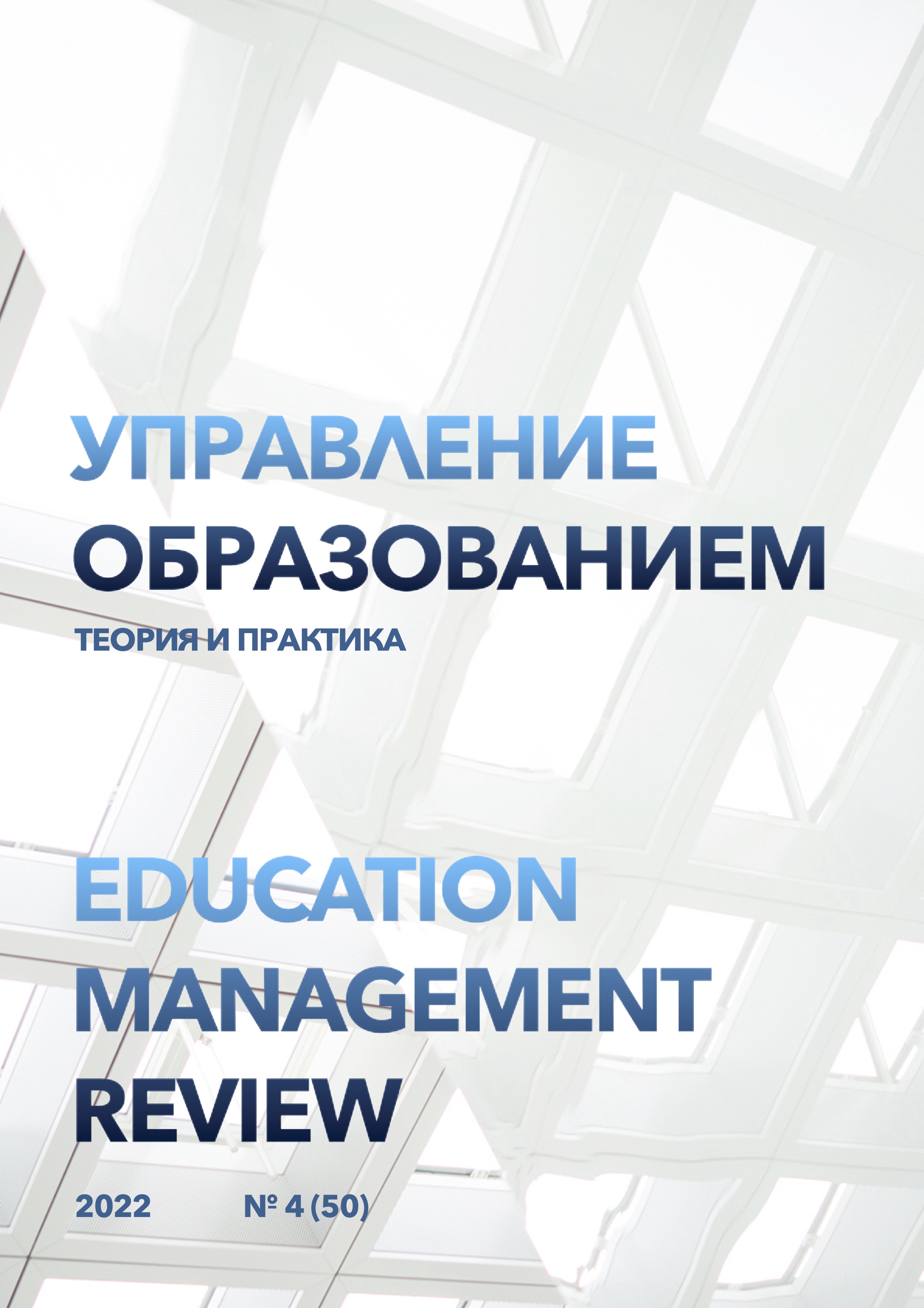The economic culture of society as a factor of its centralized development
DOI:
https://doi.org/10.25726/z8145-9925-6499-fKeywords:
society, culture, development, structure, formAbstract
Any ideal image contains a certain measure in the relationship between the ideal and reality, that is, in the relationship between the ideal as a certain "departure" from his existing situation, as the ability to grasp the future, to look ahead, and empirically given social reality as one of the stages to the future, which can become a factor of purposefulness in activity. Violation of this measure leads in one case to objectivism, which turns out to be an artificial reduction of the historical distance between the ideal and reality, to such a form of "grounding" of ideals, which will actually mean abandoning them, and in the other - to abstract ideals, the content of which is so divorced from historical reality that it becomes incomprehensible. The absolutization of the ideal as its separation from the real conditions of being, from the specific conditions of life, misunderstanding of its relativity, the inconsistency of the relationship of this ideal with reality can lead to the so-called "collapse of the ideal", which will be accompanied by such negative phenomena as nihilism and skepticism of personality. I. Kohn in the work "sociology of personality" speaks about a teenager who he easily idealizes the people around him and relationships, but quickly becomes disillusioned with them as soon as he discovers their incomplete correspondence. This is connected with adolescent nagativism as a specific form of their self-affirmation. So, abstract ideals, detached from everyday life, play a negative role in educational activities. The definition in the image-ideal of the measure of the sides of the contradiction "ideal-reality", which would ensure its effective force, as well as the factors that provide this measure in different historical periods, is an important both theoretical and practical problem.
References
Aboumrad, G. A. Z., & Spottorno, Y. A. (2019). Pitch of indicators to assess economic sustainability of cultural projects. Case study: Pacmyc [Propuesta de indicadores para evaluar la sostenibilidad económica de proyectos culturales caso de estudio: PACMyC]. Gestion y Politica Publica, 28(1), 237–269. https://doi.org/10.29265/gypp.v28i1.547
Callens, M.-S., & Meuleman, B. (2017). Do integration policies relate to economic and cultural threat perceptions? A comparative study in Europe. International Journal of Comparative Sociology, 58(5), 367– 391. https://doi.org/10.1177/0020715216665437
Fiddick, L., Cummins, D. D., Janicki, M., Lee, S., & Erlich, N. (2013). A Cross-Cultural Study of Noblesse Oblige in Economic Decision-Making. Human Nature, 24(3), 318–335. https://doi.org/10.1007/s12110-013-9169-9
He, Y. (2018). A study on the dynamic relationship between cultural industry and economic growth. Journal of Asian Finance, Economics and Business, 5(4), 85–94. https://doi.org/10.13106/jafeb.2018.vol5.no4.85
Reyes-Martínez, J., & Andrade-Guzmán, C. (2021). The Economic, Social, and Cultural Rights of Artists in a Context of Violence and Poverty. A Case Study in Acapulco, Mexico [Los derechos económicos, sociales y culturales de los artistas en contextos de violencia y pobreza. El caso de Acapulco, México1]. Arte, Individuo y Sociedad, 33(2), 413–432. https://doi.org/10.5209/aris.68503
Roldán, M. P., Marrero, M. M., & Aldana, Y. M. (2022). AN ECONOMIC ASSESSMENT OF CULTURAL ECOSYSTEM SERVICES. A STUDY CASE OF MATANZAS BAY [LA VALORACIÓN ECONÓMICA DE LOS SERVICIOS ECOSISTÉMICOS CULTURALES. CASO BAHÍA DE MATANZAS]. Universidad y Sociedad, 14(1), 87–96.
Vigerland, L., & Borg, E. A. (2018). Cultural Capital in the Economic Field: A Study of Relationships in an Art Market. Philosophy of Management, 17(2), 169–185. https://doi.org/10.1007/s40926-017-0061-2




